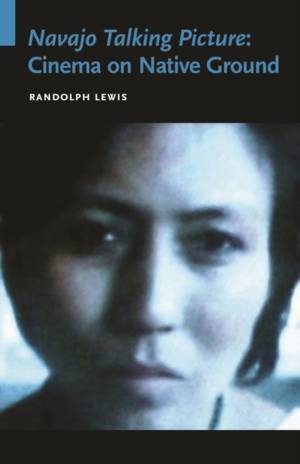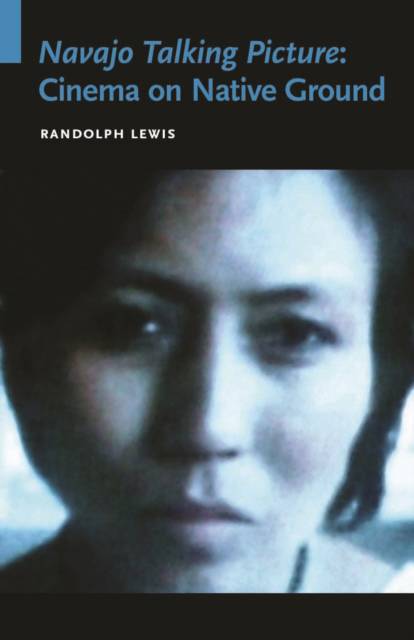
- Afhalen na 1 uur in een winkel met voorraad
- Gratis thuislevering in België vanaf € 30
- Ruim aanbod met 7 miljoen producten
- Afhalen na 1 uur in een winkel met voorraad
- Gratis thuislevering in België vanaf € 30
- Ruim aanbod met 7 miljoen producten
Zoeken
€ 45,95
+ 91 punten
Omschrijving
Navajo Talking Picture, released in 1985, is one of the earliest and most controversial works of Native cinema. It is a documentary by Los Angeles filmmaker Arlene Bowman, who travels to the Navajo reservation to record the traditional ways of her grandmother in order to understand her own cultural heritage. For reasons that have often confused viewers, the filmmaker persists despite her traditional grandmother's forceful objections to the apparent invasion of her privacy. What emerges is a strange and thought-provoking work that abruptly calls into question the issue of insider versus outsider and other assumptions that have obscured the complexities of Native art.
Randolph Lewis offers an insightful introduction and analysis of Navajo Talking Picture, in which he shows that it is not simply the first Navajo-produced film but also a path-breaking work in the history of indigenous media in the United States. Placing the film in a number of revealing contexts, including the long history of Navajo people working in Hollywood, the ethics of documentary filmmaking, and the often problematic reception of Native art, Lewis explores the tensions and mysteries hidden in this unsettling but fascinating film.
Randolph Lewis offers an insightful introduction and analysis of Navajo Talking Picture, in which he shows that it is not simply the first Navajo-produced film but also a path-breaking work in the history of indigenous media in the United States. Placing the film in a number of revealing contexts, including the long history of Navajo people working in Hollywood, the ethics of documentary filmmaking, and the often problematic reception of Native art, Lewis explores the tensions and mysteries hidden in this unsettling but fascinating film.
Specificaties
Betrokkenen
- Auteur(s):
- Uitgeverij:
Inhoud
- Aantal bladzijden:
- 248
- Taal:
- Engels
- Reeks:
Eigenschappen
- Productcode (EAN):
- 9780803238411
- Verschijningsdatum:
- 1/07/2012
- Uitvoering:
- Paperback
- Formaat:
- Trade paperback (VS)
- Afmetingen:
- 141 mm x 216 mm
- Gewicht:
- 299 g

Alleen bij Standaard Boekhandel
+ 91 punten op je klantenkaart van Standaard Boekhandel
Beoordelingen
We publiceren alleen reviews die voldoen aan de voorwaarden voor reviews. Bekijk onze voorwaarden voor reviews.








